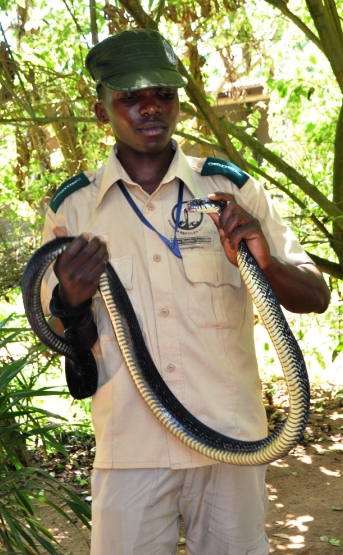By Asuman Kiyingi
There must be concerted efforts at a political and policy level to save what remains of Busoga.
We are slowly but surely becoming a sugar production colony which activity is not transforming the region’s economy notwithstanding the apparent benefits in terms of creating some employment and payment of taxes to the national treasury.
True Kakira Sugar, the model sugar manufacturer of the region and the country has something to show. It produces 180, 000 tonnes of sugar, generates 50 megawatts of green electricity and 20 million litres of ethanol per annum.
It directly employs 9366 people, 7000 outgrowers, donates shs 100m to the community per year, and runs scholarship schemes worth Usd 800, 000 per annum; and pays over shs 150 billions in taxes to government every year. It also runs schools.
This contribution and that of other manufacturers, however, ought to be evaluated against the overall impact on Busoga’s economy especially the population’s quality of life.
Kakira’s expansion over the years has been bringing more land under sugarcane cultivation.
Its nucleus estate of 10, 000 hectares provides only 35% of the factory’s cane requirements. The 65% balance is provided by the 7000 out-grower farmers who cultivate about 19,000 hectares.
Though they should be earning big from sugar cane sales the farming communities still exhibit features of extreme poverty and food insecurity.
This situation has been excerbated by the new sugar manufacturers that have set up shop in the region adding more pressure on arable land.
We have Mayuge Sugar Industries in Mayuge District, Sugar Allied Industries in Kaliro District, Kamuli Sugar Factory in Kamuli District and GM Sugar. Kenlon Sugar Factory in Namasagali and Bugiri Sugar Company in Bugiri District were also licenced recently.
More and more land is therefore being devoted to sugarcane growing by the factory owners, peasant farmers and outgrowers at the expense of land for food production, diary farming and other activities. Yet the population is growing very fast. The proceeds from sugarcane sales are not enough to cater for households’ food, education, health and other needs. The consequence is famine and malnutrition due to food insecurity and general poverty which is now a visible feature in most of Busoga today. Local administrations have failed to get Busoga’s population to accept the advice that only farmers with enough land (at least 3 acres) should grow sugarcane.
The only solution now is for government to come in and stop licencing more sugar manufacturers in the region and support farmers with alternative farm inputs to produce other more profitable crops than sugarcane. Busoga is currently producing more than 50% of the country’s sugar (Kakira 43%, Kaliro 7%, Mayuge 3%, Kamuli 1% and GM 1%). This should be enough from one region which is already land stressed.
Asuman Kiyingi is the former state minister for Foreign Affairs





